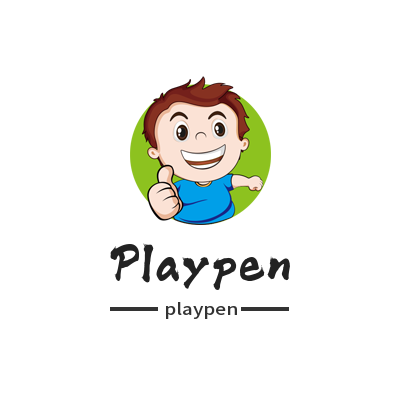Wouldn't it be a luxury for you not to have to carry your kids with you, jump in the shower, or open the door for a delivery person wherever you go? Then we can only recommend a playpen for your baby, because once your child rolls over, crawls or crawls, you can never take your eyes off it for a second. In a playpen (or playpen), your baby will be safe and well cared for while you can focus on other things in a short period of time.
A playpen is a must-have baby item for many families, and here’s why:
Safety protection: The baby playpen provides a safe and limited area, which can effectively prevent the baby from coming into contact with potentially dangerous items or dangerous areas. This includes preventing them from coming into contact with stoves, electrical sockets, sharp objects, cleaning agents and other items that may cause harm to the baby.

Free movement: The playpen provides a relatively safe space for babies to crawl, stand, walk and explore their surroundings freely. This is very important for the baby's physical development and the development of exploratory abilities.
Supervision convenience: A playpen can help parents supervise their baby’s activities more easily. Parents can place their babies in the playpen without having to keep an eye on them. This is especially useful when doing housework, cooking, or other tasks.
Independent Time: Playpens also provide parents with some valuable independent time. While the baby is safely in the playpen, parents can have time to attend to other tasks, rest, or engage in personal activities without worrying about their baby's safety.
Social interaction: Playpens can also promote social interaction between babies and family members and other babies. Inside the playpen, babies can play, learn, and interact with other babies with their families, helping their social and emotional development.
It should be noted that baby playpens are only auxiliary tools and should not replace parental supervision and care. Parents still need to be vigilant and provide appropriate supervision and care inside and outside the enclosure. In addition, the selection and use of fences should follow safety guidelines, ensure that the fence itself is stable and reliable, and be inspected and maintained regularly.

